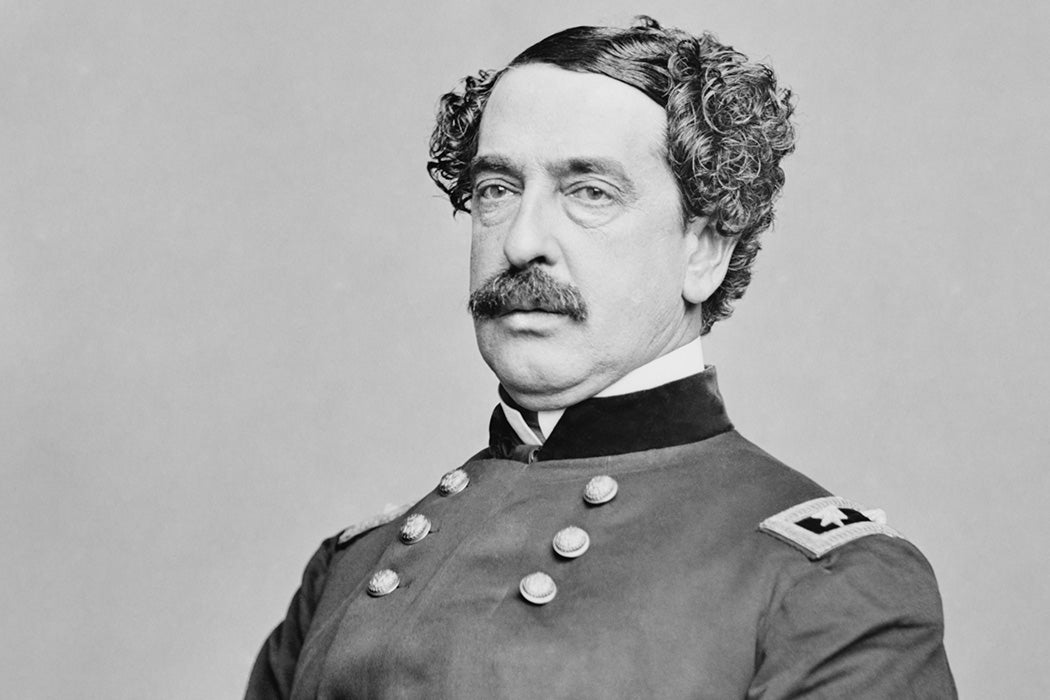In the beginning, Abner Doubleday established the rules for baseball on a field outside Cooperstown, New York, in 1839. And the future Civil War general saw what he had made, and it was good.
Not so fast, say the debunkers, who discovered that there was no way Doubleday could have invented baseball in 1839 because he was a student at West Point at the time.
Historians have challenged not just facts but interpretations, too, like the one that in its early days, baseball was a rural, pastoral game. By focusing on the development of baseball in and around New York City during the 1840s and 1850s, they have argued that it was actually an urban pursuit.
Still, historian David Vaught argues, the American pastime has a long rural and small-town history. “Baseball came along at the right time to satisfy farmers’ insatiable appetites for achievement in a world of change,” he writes. Additionally, the Cooperstown myth is important in its own right.

Baseball was a serious passion in the small towns and rural areas of western New York State. An 1816 Cooperstown ordinance prohibited ball playing in the central part of the village, an indication that the game was already popular there. And in 1877, Cooperstown newspapers advertised an old-timers game, promising an opportunity for older players to teach younger ones about the game. Baseball had been established for generations.
By the 1870s, in fact, it was widely known in rural northern California, with preachers railing about Sabbath games, only to back off when the game was seen as a healthy alternative to saloons. Vaught sees the pastoral appeal of the game as part of the complex web of American rural history, in which farmers lived through booms and busts, dependent upon world market forces over which they had little control.
Local baseball flourished in rural America, with or without professional players (mostly without). In Millroy, Minnesota, the game became a central part of life well before the major leagues came to that part of the Midwest. One 1948 game against the team from Wanda, Minnesota, attracted 2,300 fans, five times the combined population of both towns. Competition was so intense that in the 1950s, Millroy hired a minor league pitcher who struck out twenty batters in one game, even though the league was ostensibly an amateur one.
The Doubleday myth grew out of a contest sponsored by sporting goods magnate Albert Spalding in 1905, asking fans to come forth with stories about baseball’s origins. The winner was Abner Graves of Denver, who told a story about the game being invented by Doubleday in a Cooperstown pasture. While no serious student of the game ever took the claim seriously, the idea took off.
Weekly Newsletter
But perhaps, Vaught writes, Graves was not too far from the mark. He might have mistaken another Abner Doubleday, a cousin of the Civil War general, who was in Cooperstown in 1839, for his more famous kin.
Why is this important? Vaught argues that the argument over baseball’s creation goes to the heart of history as a discipline. Historians need to break away from an obsession with creation, a transitory phenomenon, with the more important task of studying continuing developments. The study of how baseball evolved, Vaught writes, remains a test of how history is written.
Support JSTOR Daily! Join our new membership program on Patreon today.







